Observations / Global
World of difference
We scour the globe to source the brightest ideas and bravest moves going into 2022, from the UK’s new meteorological machine and Egypt’s medical resort to the Austrian townsfolk happy to be Fugging.
USA
Mission statement
UAE’s new diplomatic presence
In Manhattan’s Turtle Bay are streets on which cars with blue diplomatic number plates outnumber the Empire State’s black-and-yellow ones. The heart of this neighbourhood is the headquarters of the UN, around which an arterial network of diplomatic activity has evolved. Three blocks from the General Assembly building is the latest architectural addition to this network: the new home of the Permanent Mission of the United Arab Emirates to the UN.
“It’s a very significant and reflective space where high-level delegations from the UAE can meet their counterparts”
Speaking to The Forecast, Chris Cooper, a partner at architecture firm som, which designed the building, sums up the central challenge to the commission. “How do you design a building that’s culturally appropriate to the uae but isn’t foreign to the city that’s hosting it?” he says. For the answer, look to the structure’s façade: it’s grounded in place through the use of Indiana limestone, the same material used in the city’s Empire State and Rockefeller buildings but is adorned with Emirati symbolism through piers sculpted to evoke the curves of a palm frond.
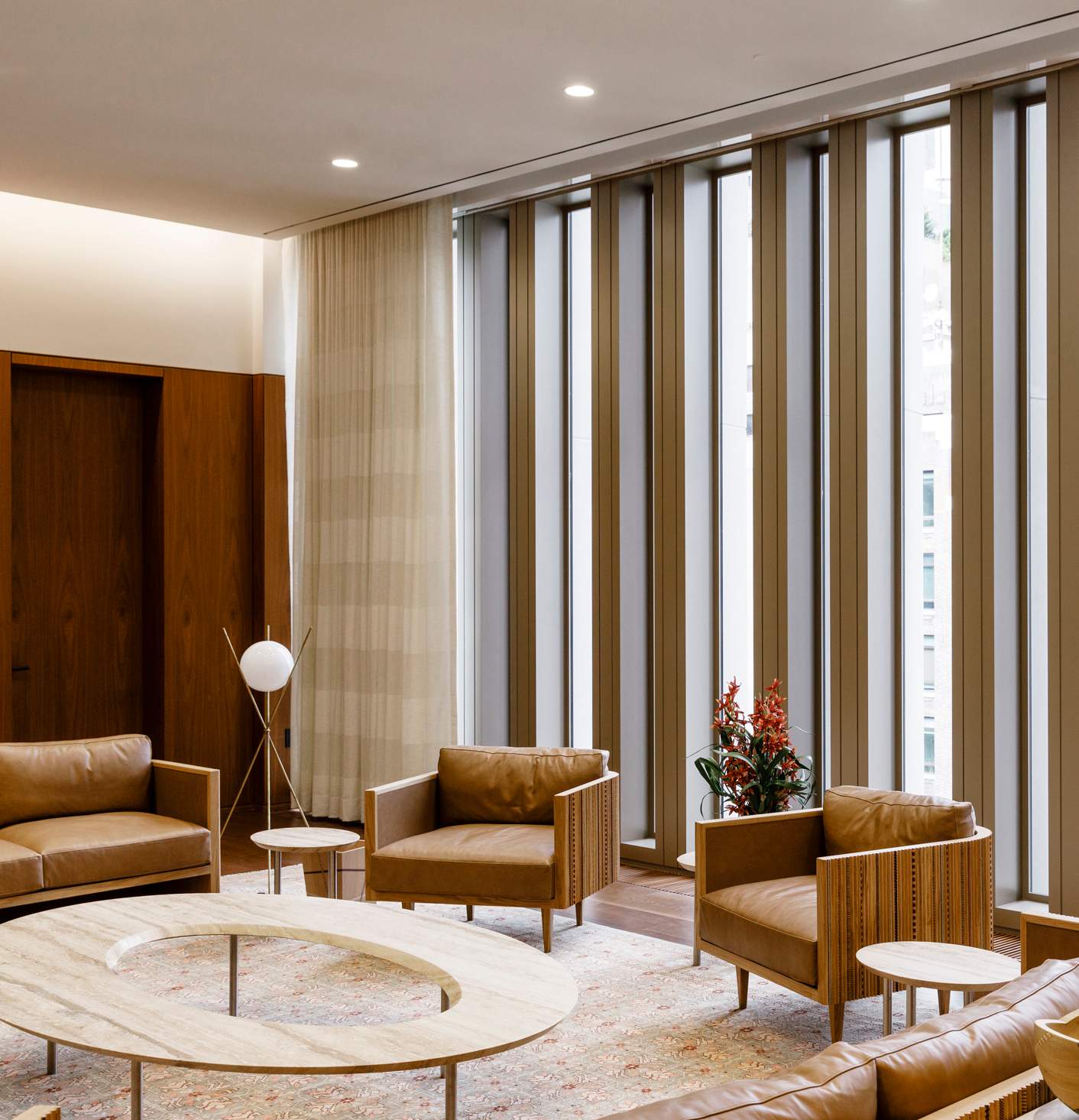
That’s not the only symbolism to be found in the structure. The new Permanent Mission building is emblematic of the uae’s sustained investment in diplomacy since the country was founded in 1971. Its efforts have turned the small nation into a leader when it comes to foreign policy. In 2020 it became the first Persian Gulf state to normalise diplomatic relations with Israel, while on 1 January 2022 the uae will commence a two-year term on the UN Security Council.
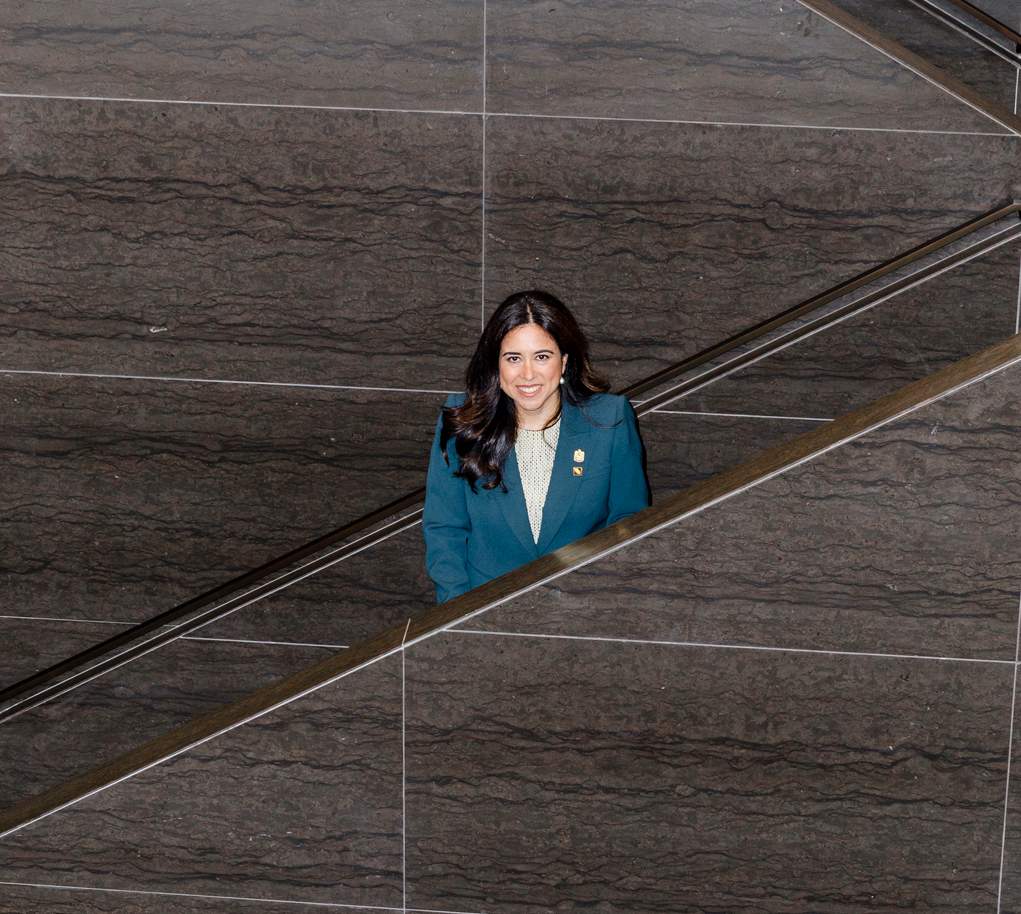
Heading up the Permanent Mission of the uae to the UN is ambassador Lana Nusseibeh. The new mission building enhances her work both practically and symbolically, often at the same time. “On the eighth floor, instead of a series of C-suite offices, we have meeting rooms modelled after the majlis,” says Nusseibeh, referring to the traditional “sitting places” where Emirati communities gather for meetings. “The concept of the majalis is part and parcel of our political identity. It’s where consultation happens between leadership and people. So it’s a very significant and reflective space where high-level delegations from the uae can meet their counterparts.”
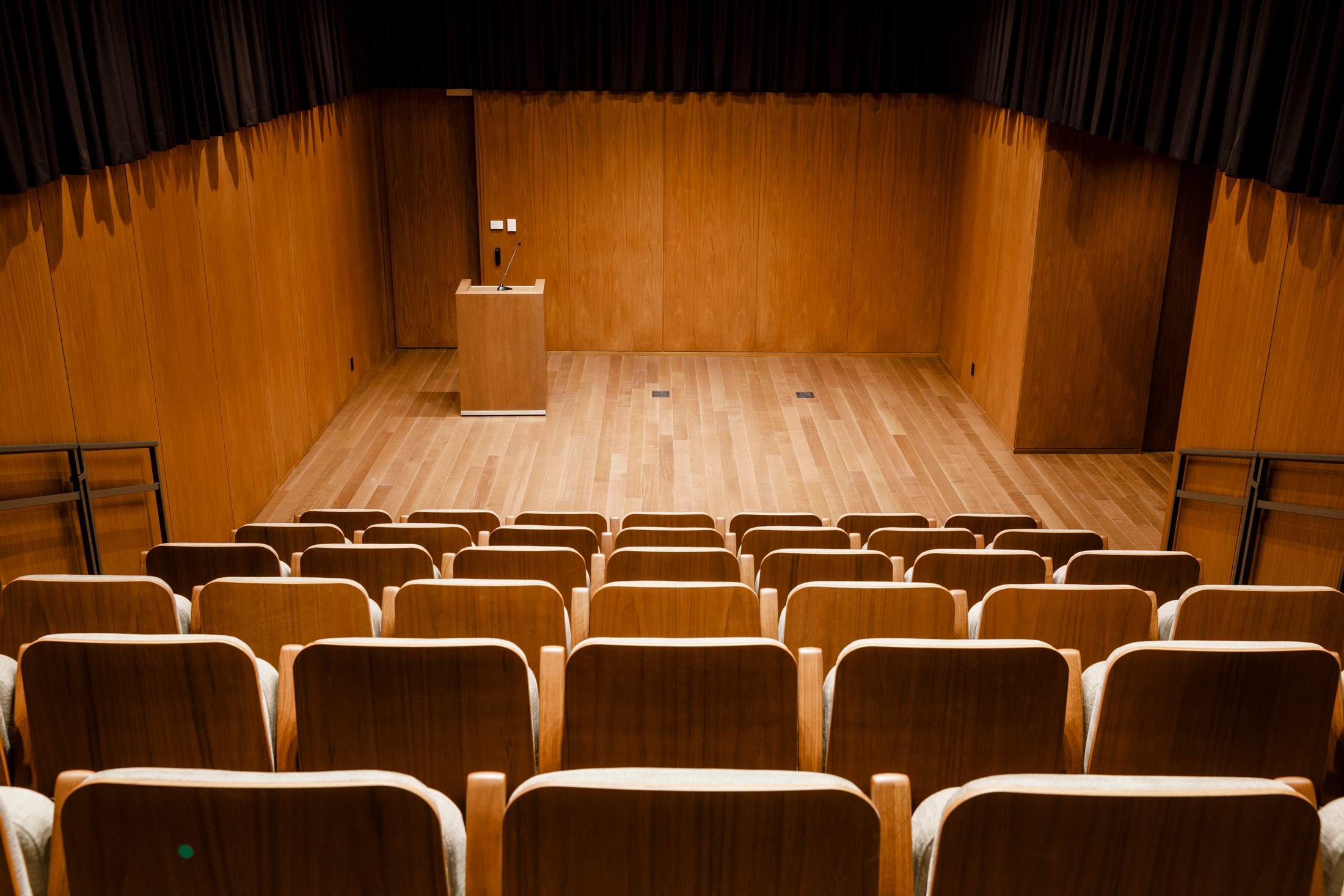
In recent years, legacy international organisations have come under scrutiny. Bodies such as the UN are said to be based on a defunct idea of the world order, unable to respond effectively to this century’s problems. Nusseibeh acknowledges that global challenges today are very different from when the UN Charter was drawn up. “We don’t have interstate wars in the same way,” she says. “We have ethnic, religious and other types of identity conflicts; a massive expansion of terrorist networks around the world; and more complex economic issues. And, of course, pandemics.”
But far from providing reasons to abandon the UN, Nusseibeh says that these factors make it more vital. “When you have this increasingly complex global environment, having an organisation that belongs to countries but is also seen as above the geopolitical fray is more essential than ever,” she says.

south korea
Shooting for the moon
Space race accelerates
South Korea has long been in the space race. The Korea Aerospace Research Institute was founded in 1989, while the country’s first carrier rocket, a modified Russian design called Naro-1, blasted off in 2009. But, significantly, the country launched its first self-built carrier rocket, Nuri, in October 2021, signalling an expansion of its space ambitions. Its government is now seeking a 2022 space budget of 640bn won (€470bn), a chunk of which will go towards the lunar orbiter, Pathfinder, due for launch in August.
“South Korea aspires to play a dominant role in technology for lunar resource development,” says Namrata Goswami, a strategic analyst in space policy. “As a signatory to the US-led Artemis Lunar Accords, proving lunar capacity builds its credibility as a partner.”
There is also a military imperative. South Korea has recently been given a freer hand with rocketry: in May, the US lifted a 42-year restriction on South Korea’s development of missiles. “As concerns over China’s anti-satellite weapons and North Korean missile development grow, the need increases for South Korea to develop military space capacities,” says Goswami.
“South Korea aspires to play a dominant role in technology for lunar resource development”
The Asian country is not alone in this line of thinking: the US itself has inaugurated a new branch of its military, Space Force. The spectre thus raised is the ominous one of a full-blown, elbows-out sprint for the stars.
“This might end in two ways,” says Goswami. “One is where we develop regulatory mechanisms, signed by a majority of countries. The alternative will be determined by first come, first served. Take a scenario where a Chinese base on the lunar south pole has a ‘non-interference’ zone, so anyone else requires permission to land. This will result in a scramble for first-mover advantage.” And South Korea, it seems, wants to be part of that scramble.
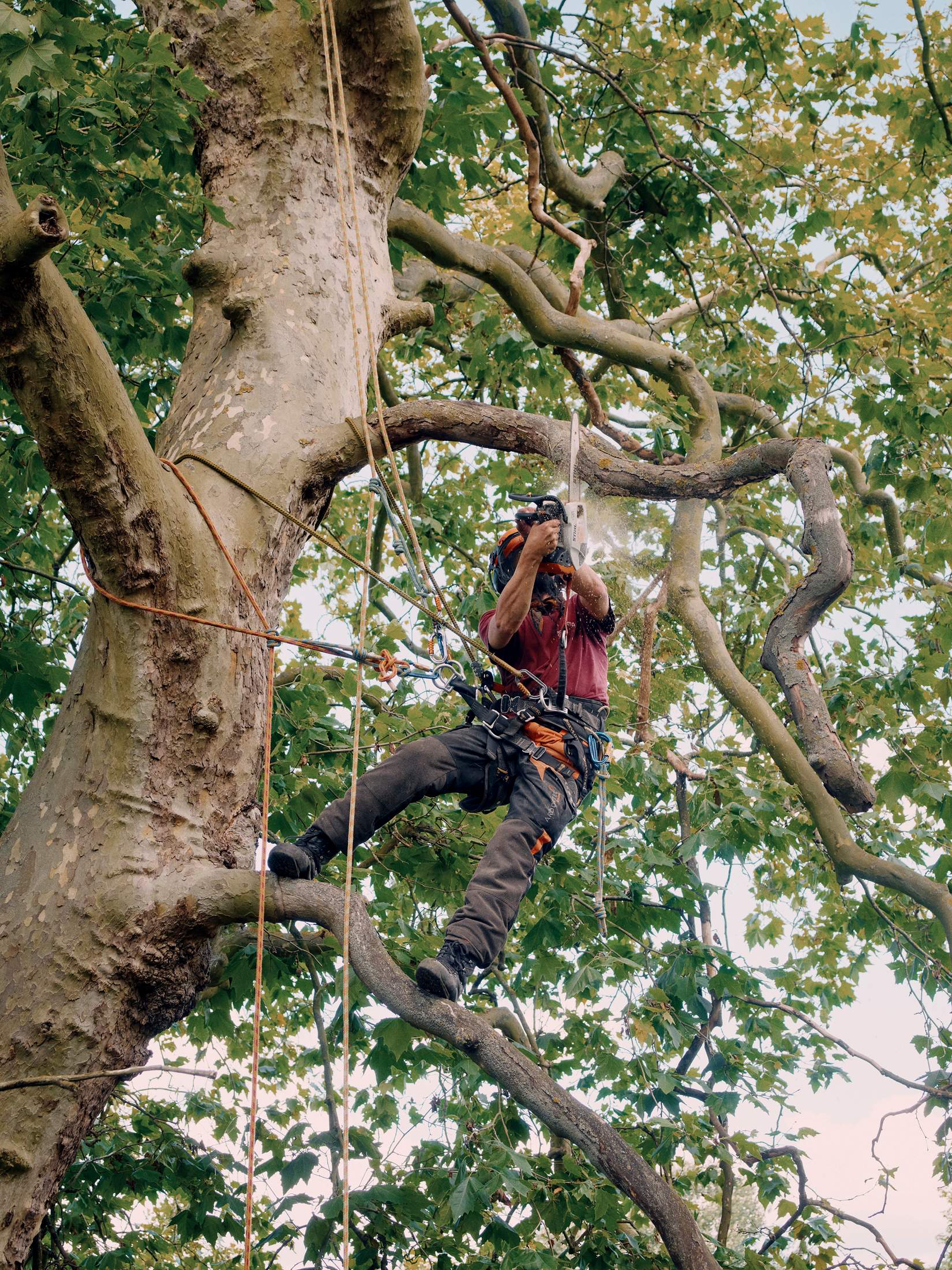
uk
Take a bough
Maintaining the lungs of London
The rotary blade ceases its infernal roar, to be replaced by the sound of creaking. I take a few steps back. The severed branch, loosening its tendrils, braces for descent. It hits the ground with a dull thud, bounces, pirouettes and crashes into the driver’s door of a large white truck. “That’s going in the damage report,” yells James Hedges, the aptly surnamed arboricultural manager for the London borough of Greenwich.

Hedges and his small team are responsible for tending 117 parks and open spaces throughout the borough. Theirs is an expansive beat and a burgeoning trade. Arbory (often called tree surgery) has its roots in logging and other manual work carried out under the umbrella term of forestry. But as awareness grows around the importance of plant life, the arborist’s remit is becoming increasingly conservational.
Still, the popular perception of tree surgery remains that of gnarled men swinging from mighty oaks, chainsaw in one hand, roll-up cigarette in the other. The reality, from where I’m standing, doesn’t seem far removed, even if Greenwich arborists Danny and Dave wear specialist climbing harnesses, helmets, goggles and ear protection – and smoke only as a post-op indulgence.
“What you hear is the chainsaw. But a large part of my job is conservation: we plant more trees than we fell”
The pair are working the Tarn, a small park that’s one of many fronts in the battle against a deadly scourge. Ash dieback is an aggressive fungal disease that’s endemic among European ash trees. The arborists’ job involves identifying stricken plants, then treating, pruning or, as a last resort, amputating their limbs. Just as harmful are menaces such as sweet-chestnut blight and oak processionary moths, which bear hairy offspring that devour leaves.
The Greenwich team has an impressive arsenal to use against these bio-insurgents. “We’ve got everything from hedge-cutters, trimmers and blowers to chainsaws and ride-on mowers,” says Hedges. But despite the kit, the arborist’s role is mostly pastoral.
“What you hear is the chainsaw,” says Hedges. “But a large part of my job is conservation: we plant more trees than we fell.” He is in as good a position to
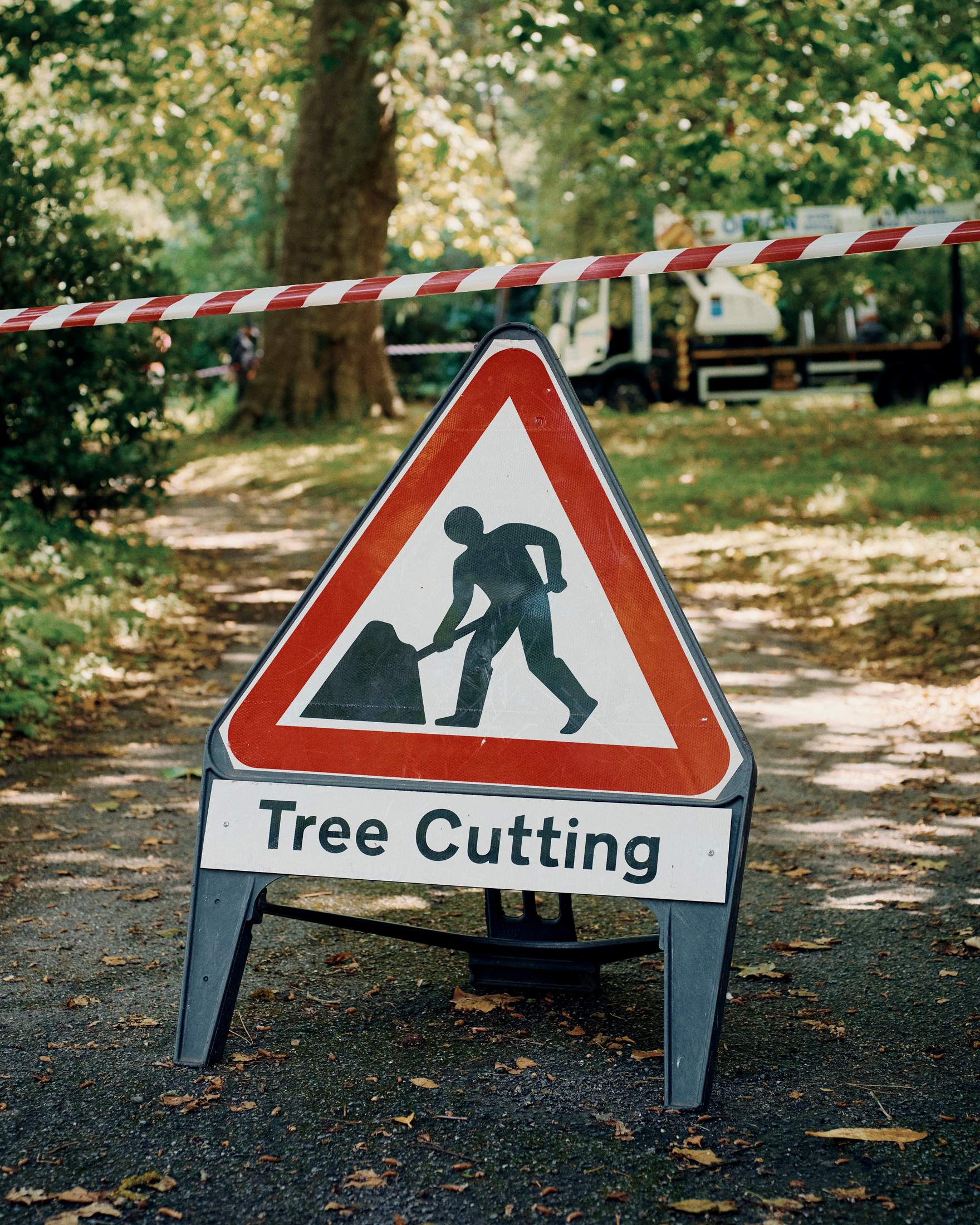
know this as anyone. “My grandad started a plant nursery when he was in the fire brigade,” he says. “After the war he moved into grounds maintenance, which eventually became tree surgery.” Though he initially resisted the call of the saw, Hedges eventually made his way back to the family trade in Greenwich.
Greenwich is home to more than 50,000 trees, a vast number for an inner-city district. They absorb London’s harmful fumes, converting them into oxygen. Without proper care, these pockets of urban wilderness would wither and die. Hedges and his team ensure Londoners can breathe easy.

uk
Weather beaten
How AI is improving the forecast
In the UK, as the novelist Martin Amis once said, you have to fight the weather. Most of the time it’s a pretty one-sided contest. No matter how diligently you prepare, the weather still possesses that all-important element of surprise.
Due to a number of convergent geographical factors – the Gulf Stream, its location at the end of the Atlantic storm corridor, excessive moisture in the air – the UK’s weather is unpredictable. Some have posited this as a contributing factor in its
inhabitants’ preoccupation with the country’s climate. It’s certainly why there are so many meteorological researchers based here. The Met Office, the UK’s national weather service, occupies a semi-religious position in its citizens’ lives. For years it has been developing software to better inform its prophecies. These predictions feed into the apps and websites that Britons check obsessively, looking for clues as to what the weekend might bring, as well as something to talk about – research conducted in 2010 found that nine in 10 Brits had discussed the weather in the previous six hours.
But thanks to artificial intelligence (AI), all this chat might soon dissipate quicker than another cloud leaving UK airspace. DeepMind, a London-based research laboratory owned by Google’s parent company Alphabet, has begun using AI to develop a form of short-term forecasting (“nowcasting”), called deep generative modelling (dgm).
Currently, large supercomputers conduct simulations of how the weather usually behaves using complex equations. Though these are effective for long-term forecasts, they have difficulty making accurate predictions within the first two hours of a simulation. This is where dgm comes in. “What you have today is good-quality data recording the amount of moisture in the atmosphere across the country,” says Shakir Mohamed, a senior DeepMind researcher working on the modelling. “What’s happened in the past few years is that the quality has improved – you get these figures almost in real time. So you have this need where existing methods don’t work, and then you have lots of data that’s available.”
“The focus is on predicting heavy and medium rain events that cause damage and require emergency services to safeguard property and life”
The system generates a video, which is similar to those you see in TV forecasts, by using radar images showing moisture in the air. It then predicts what the next two-hour frame will look like. In a large study conducted by DeepMind, 89 per cent of expert forecasters judged dgm first among nowcasting models for accuracy and usefulness. But wouldn’t such technology render these forecasters obsolete? Well, not entirely. The truth is that accurate nowcasting is essential for keeping pace with ever more unpredictable weather caused by climate change. “It is focused on predicting those heavy and medium rain events that cause damage and require emergency services to make a decision to safeguard property and life,” says Mohamed.
The Met Office is now thinking about how to incorporate dgm in the near future. DeepMind’s research is open access, so it could be used by meteorological services in other countries. Might there be a point when its predictions inform Google’s search function? “That would be a great thing,” says Mohamed.
But what of British small talk. Will a nation of guarded interlocutors be forced to work harder in order to break the ice? “I don’t think so,” says Tom Fort, author of Under the Weather: Us and the Elements. “Most of the talk is not about what the weather is going to do, it’s about what the weather is or has been doing.” In a country where the weather is always doing something, people need not worry about conversation drying up.
iceland
Clean-up operation
Capturing carbon
In September 2021, in a field outside Reykjavík, Swiss eco-tech company Climeworks opened Orca, the world’s first direct co2 capture and storage plant. Even though it is the world’s largest carbon-capture facility, Orca can only remove 4,000 tonnes of co2 a year – equivalent to the annual emissions of about 790 cars. This might seem like a drop in the ocean but luckily Climeworks is not the only player in the market. Los Angeles-based Carbon Capture Inc claims to seize carbon far more cheaply than the Swiss company.
For Climeworks though, just getting to this point has been an achievement. The business was founded in 2009 by Christoph Gebald and Jan Wurzbacher, two mechanical engineers who met while studying at eth Zürich. They observed the insidious effect of climate change first-hand, noticing Switzerland’s decreasing snowfall and declining glaciers.

Twelve years on, Orca was born. And there are already plans to significantly increase its capacity. Strong demand for its services and some high-profile partnerships has captured not only the world’s carbon but its imagination too.
Swiss Re, Shopify and Audi are all eager to become partners, while Microsoft has recently added Climeworks to its carbon-removal portfolio. These partnerships are giving the company the confidence to plan big. “We are prepared to rapidly ramp up our capacity over the next few years,” says Wurzbacher. “Orca has provided a scalable, flexible and replicable blueprint for success.”
Climeworks now operates 14 direct air-capture facilities around the world but it estimates that it would take about 750,000 Orcas to convert 1 per cent of global co2 emissions. “Achieving global net-zero emissions is still a long way off,” says Wurzbacher. “But with Orca we have taken one significant step closer to achieving that goal.”
switzerland
Caffeine fix
Kooky’s reusable cup solution
If there was any doubt that Australians love coffee as well as the environment, look no further than the rise of Keepcup. The Melbourne-based brand kickstarted a global movement when it launched its namesake reusable coffee cup in 2009, introducing a receptacle that could be used again and again for caffeine hits, while also limiting the waste associated with disposable, single-use options. By 2020, Keepcups and their counterparts were commonplace in coffee shops across the globe.
However, the pandemic led many cafés to no longer accept reusable vessels, resulting in an increase of disposable cups, once under threat from their multi-use rivals. So what next?
Well, if the Australians pioneered the first reusable wave, it’s the Swiss who are launching the second, thanks to Zürich-based start-up Kooky. Consumers can now pick up a coffee from selected cafes in a Kooky Cup that can be disposed of in dedicated Kooky Bins across the city. These are emptied by e-bike couriers who bring the cups to washing centres for cleaning, before they’re used again. The simple idea behind the model? To make the reusable disposable.
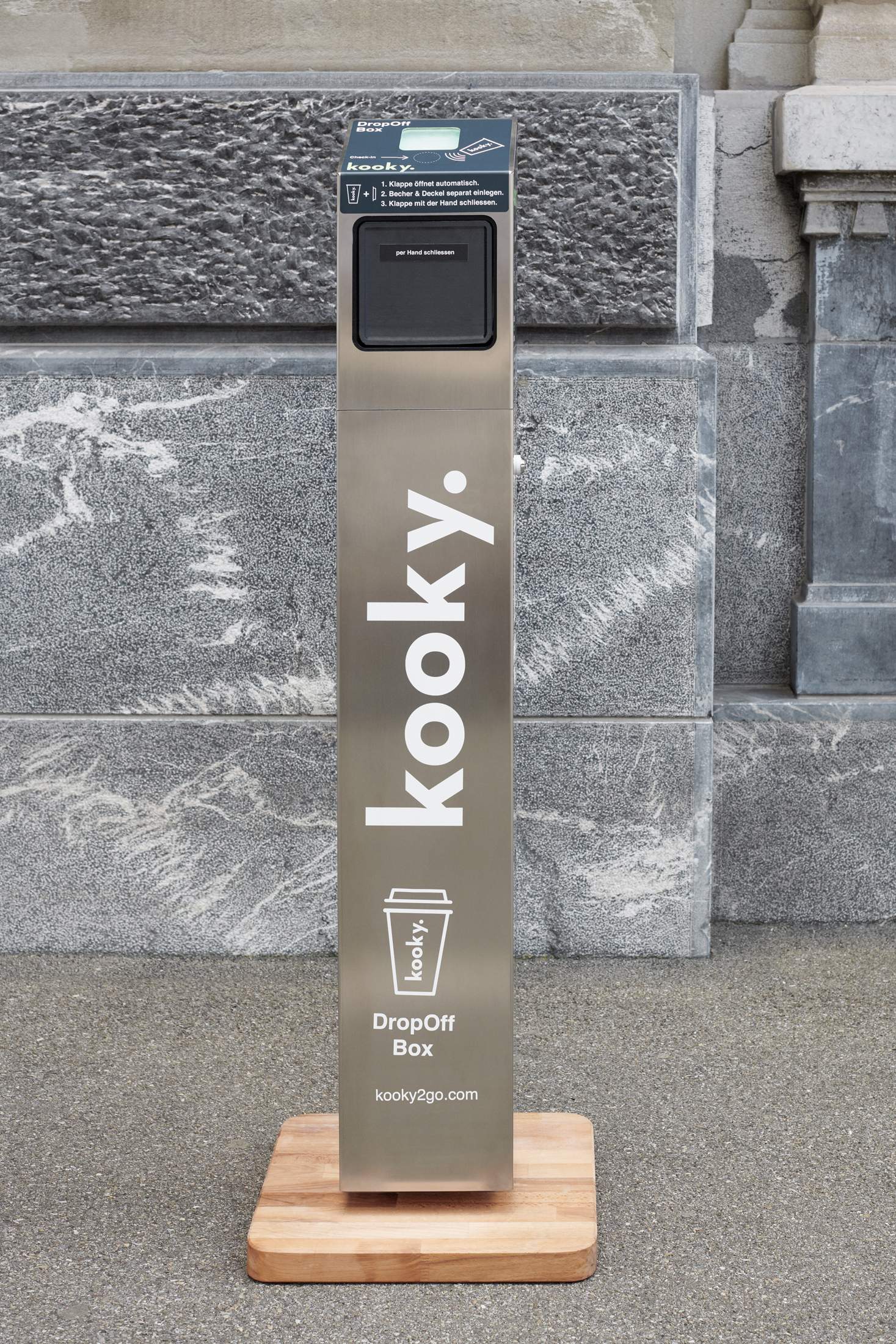
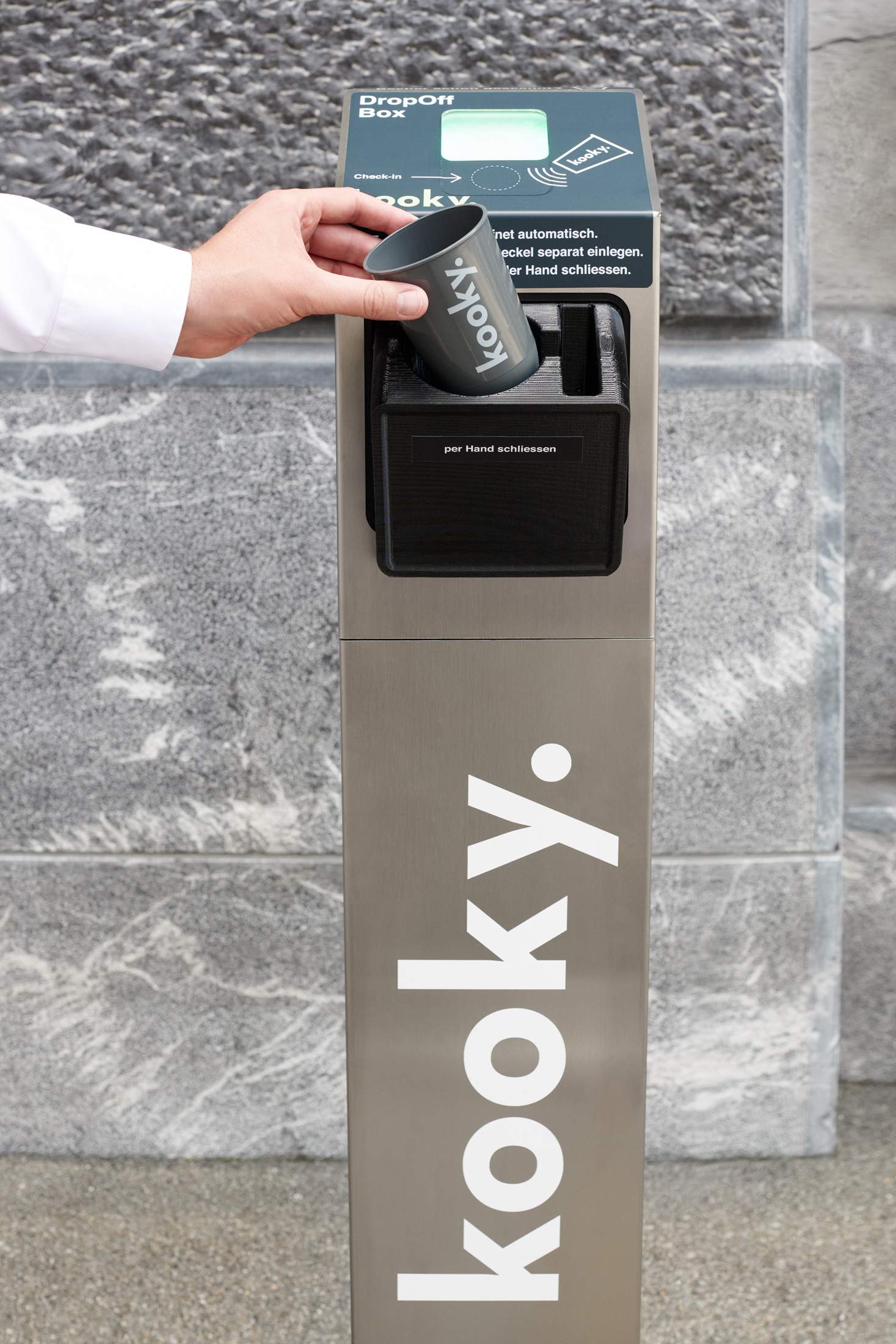
germany
Read it and reap
Frankfurt Book Fair
The book-publishing industry has passed its biggest stress test. That was the view of many insiders at the Frankfurt Book Fair in October. “It is the best time since Gutenberg invented the printing press,” said Markus Dohle, ceo of Penguin Random House, at the event that attracted more than 2,000 companies from 80 countries. Over the past year the industry has found a business model that embraces digital and print while enjoying a growing audience, bolstered by rising literary rates and time spent at home. So what can we expect from the next chapter? Here are some predictions from the fair.
Popular genre: Political books will still sell well after the success of Obama’s A Promised Land and Reni Eddo-Lodge’s Why I’m no Longer Talking to White People About Race.
Poets taking off: Following Amanda Gorman’s rise, and the fact that stanzas are easy to promote online, poetry will be prominent.
Viva España: Spain will be “Country of Honour” at Frankfurt 2022. So prepare for more books by Spanish authors, such as Andrea Abreu.
AFRICA
Healthy pursuits
Medical tourism’s rise
Think of tourism in Africa and you’re likely to conjure up images of beach holidays in Tunisia or safaris in Kenya. Hospitals are unlikely to feature. However, according to a report by the London-based General Insurance Market Research Association, times are changing as several African economies eye the growing market for medical tourism. It’s a burgeoning sector that’s now worth some $274bn (€237bn) a year, with close to 14 million people from across the globe seeking treatments beyond their home countries before the pandemic hit.

The African nations seeking a larger share of this market tend to be the already well-established holiday destinations. South Africa, considered to have the best healthcare system on the continent, is a pioneer and, according to Southern African Development Community rankings, it leads Africa’s healthcare-tourism industry. Many patients travelling there for medical reasons come from other African countries, arriving not only for essential care but also affordable fertility treatments and cosmetic surgery.
It’s a similar story in Tunisia, which prior to 2020 was attracting about 580,000 health tourists every year, with its clinics often located close to the country’s most popular resorts. Key to the country’s success is thalassotherapy (the use of seawater to tackle a range of skin ailments), ranking second only to France for the treatment. Morocco’s tourism ministry, meanwhile, has put health and wellness at the heart of its plan to bolster visitor numbers from Europe.
Egypt is also keen to develop a medical component to its tourism industry, hoping to attract Africans who might otherwise travel to Jordan, Turkey or Europe for their treatment. Work is underway to build a sprawling “medicine city” on the outskirts of Cairo that will include more than a dozen clinics aimed at foreign visitors.
Although general healthcare across Africa remains underdeveloped, the hope is that revenue from medical tourism could help fund better treatments for all, which can only be a good thing.
switzerland
University challenge
An extracurricular incentive
What does the future of a university education look like? If you were to ask professor Sarah Springman, rector of eth Zürich, it would resemble a free-for-all in a renovated 1930s factory. After all, she was recently involved in the inauguration of the university’s Student Project House in a heritage-listed, former district- heating building in central Zürich. “It’s a new study environment that goes beyond traditional learning,” says Springman.
Opened in October 2021, the Student Project House is comprised of workshops and studio spaces that can be utilised by university students who are working on extracurricular projects. Across its five floors, undergraduates and postgraduates from eth have been granted round-the-clock access to equipment – including 3D printers, laser cutters, sewing machines and drill presses – that they can use to prototype products and test business models in an environment that’s completely free of the constraints of the classroom.
“We want to encourage students to try new things by initiating and engaging in projects that explicitly don’t form part of their studies”
“We want to encourage students to try new things by initiating and engaging in projects that explicitly don’t form part of their studies,” says Springman. “It’s about giving students the opportunity to extend their skills beyond their specific degree programme.”
These projects can range from the personal – perhaps you want to make some new dining chairs and need to use the bandsaw in the timber workshop? – to more ambitious and scalable business models. The latter can receive support from the university in the form of coaching, with the possibility of also being granted chf400 (€375) of funding every semester, which can go towards materials. This is complemented by a range of networking events for students in which they can share ideas, thus encouraging cross-pollination across the cohort.
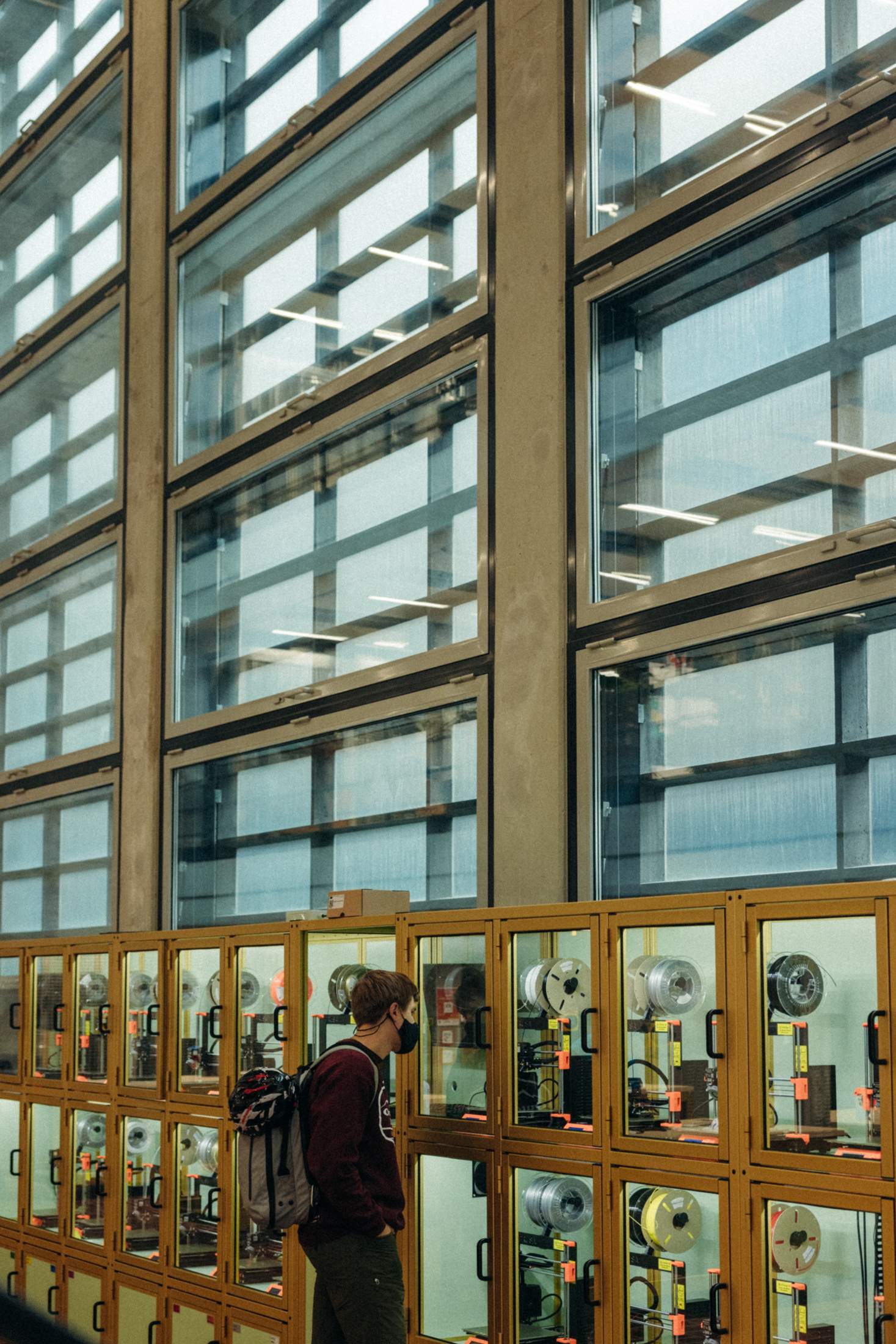
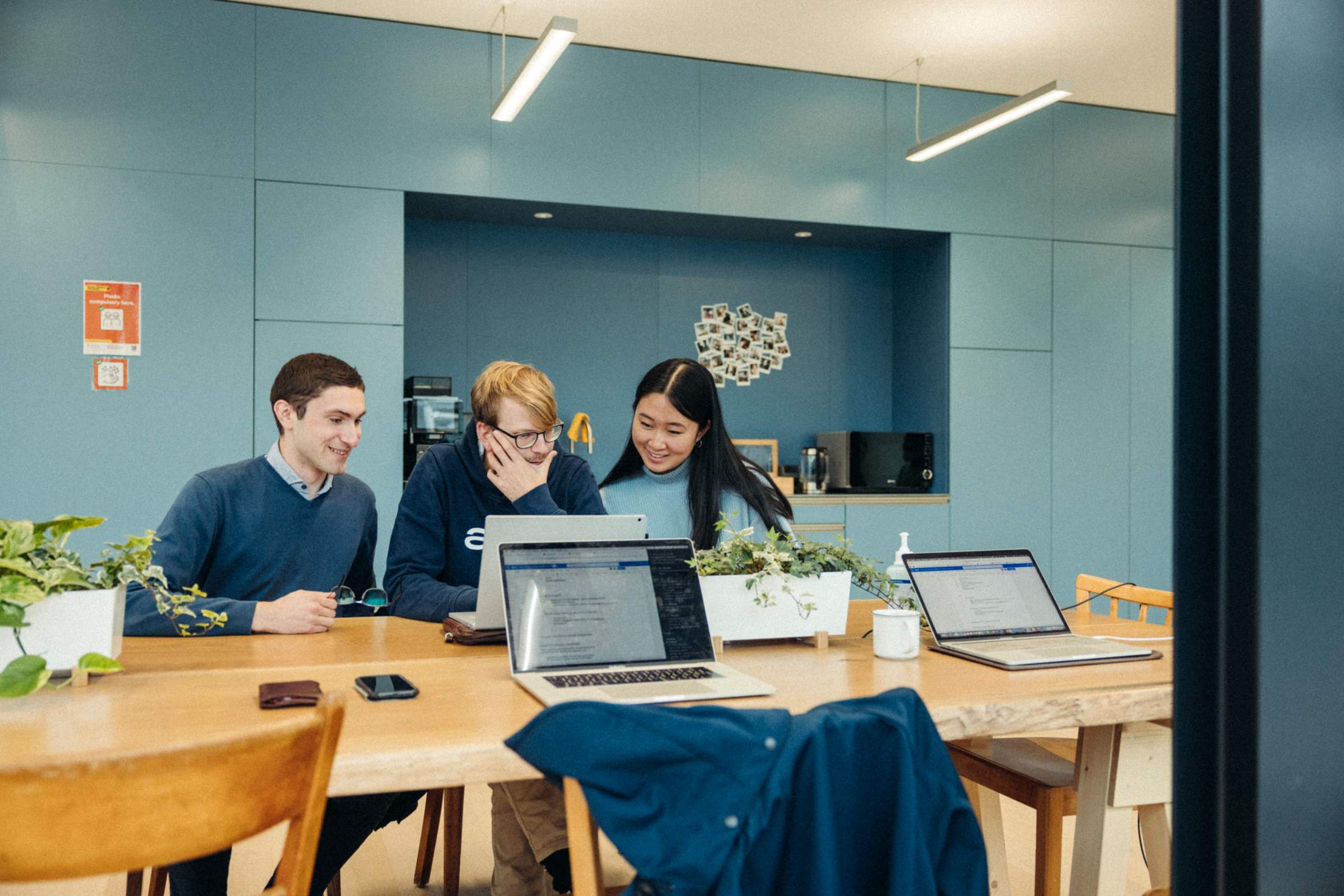
Although the factory space might be new, the overall model has been part of an ongoing trial run by eth since 2016, when a pilot Student Project House programme was launched at its Hönggerberg campus on the outskirts of the city. Here, successful projects have included Digitsoil, a device that farmers can use to easily analyse soil health, that received chf150,000 (€140,000) in additional funding.
“It has convinced us that the knowledge acquired in eth studies, when combined with the freedom of tinkering, can lead to great innovations,” says Springman. The Forecast expects that this will continue to be the case in the university’s newly renovated space.
global
Name dropping
Rewriting the map
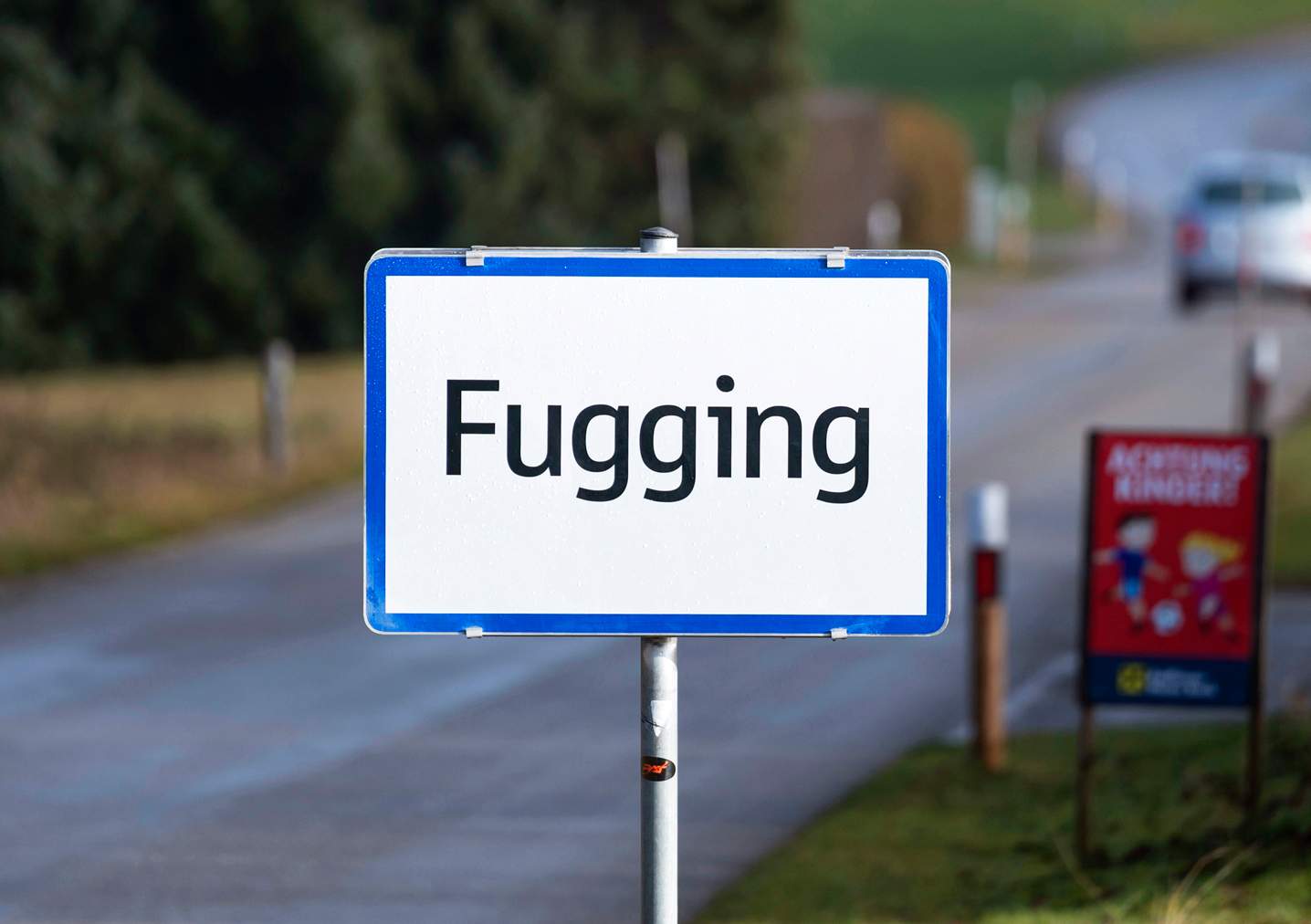
In 2021 the South African town of Port Elizabeth became Gqeberha – to reflect a confident local identity rather than an ossified colonial one. In Austria, the village of Fucking, wearied by centuries of mockery and theft of its road signs, became Fugging. In 2022 the world’s cartographers will again be applying their erasers. Some reformers have their sights on Durban, still named after a British administrator; perhaps more optimistic is the lobbying for Cape Town to adopt the Khoi name “//Hui !Gaeb”. But the most dramatic recaptioning could involve an entire country, New Zealand, where the Maori Party is petitioning to replace the current homage to a province of the Netherlands with something that has far more historical and local resonance: the indigenous name Aotearoa.
usa & europe
Clearing the air
Boeing and Airbus compete to be the greenest
Finding ways to stay aloft without burning conventional jet fuel is an existential issue for the aviation industry. Stricter emissions regulations are en route – the EU, for example, has agreed to cut overall carbon emissions by 55 per cent by 2030 – and the co2 debate has become PR baggage. That’s why Airbus and Boeing, the world’s largest aircraft manufacturers, are engaged in a technological dog fight, in which the aim is greener, quieter and, perhaps, a bit slower.

Europe’s Airbus is taking a punt on unproven technologies, pursuing radically different airframe designs and declaring that it will put hydrogen-powered craft into service by the 2030s. Boeing’s approach is more conservative: to chip away at emissions through incremental improvements, such as subtle changes to reduce drag, coupled with growing use of sustainable aviation fuels (SAF).
saf will help to cut emissions in the short to medium-term because the overall process to source and refine them produces at least 80 per cent less carbon than fossil fuels. However, they’re unlikely to be a long-term solution because aircraft using them are still burning fuel. Moreover, there’s no guarantee that these biofuels are sustainably sourced. And they are far more expensive than standard jet fuel.
Even though aviation accounts for only about 2.5 per cent of global co2 emissions, it is, of course, a good thing that manufacturers are pursuing ambitious designs. In October 2021, the International Air Transport Association called for net-zero carbon emissions across the industry by 2050. Whether that’s realistic will depend on Boeing and Airbus taking risks. If we want to fly as we do today, we must hope that this race is one that both runners win.
Images: Getty Images, Pascale Weber. photographers: Max Burkhalter, Benjamin Quinton, Climeworks/arni Saebergk, Yves Bachmann. illustrator: Dirk Schmidt


